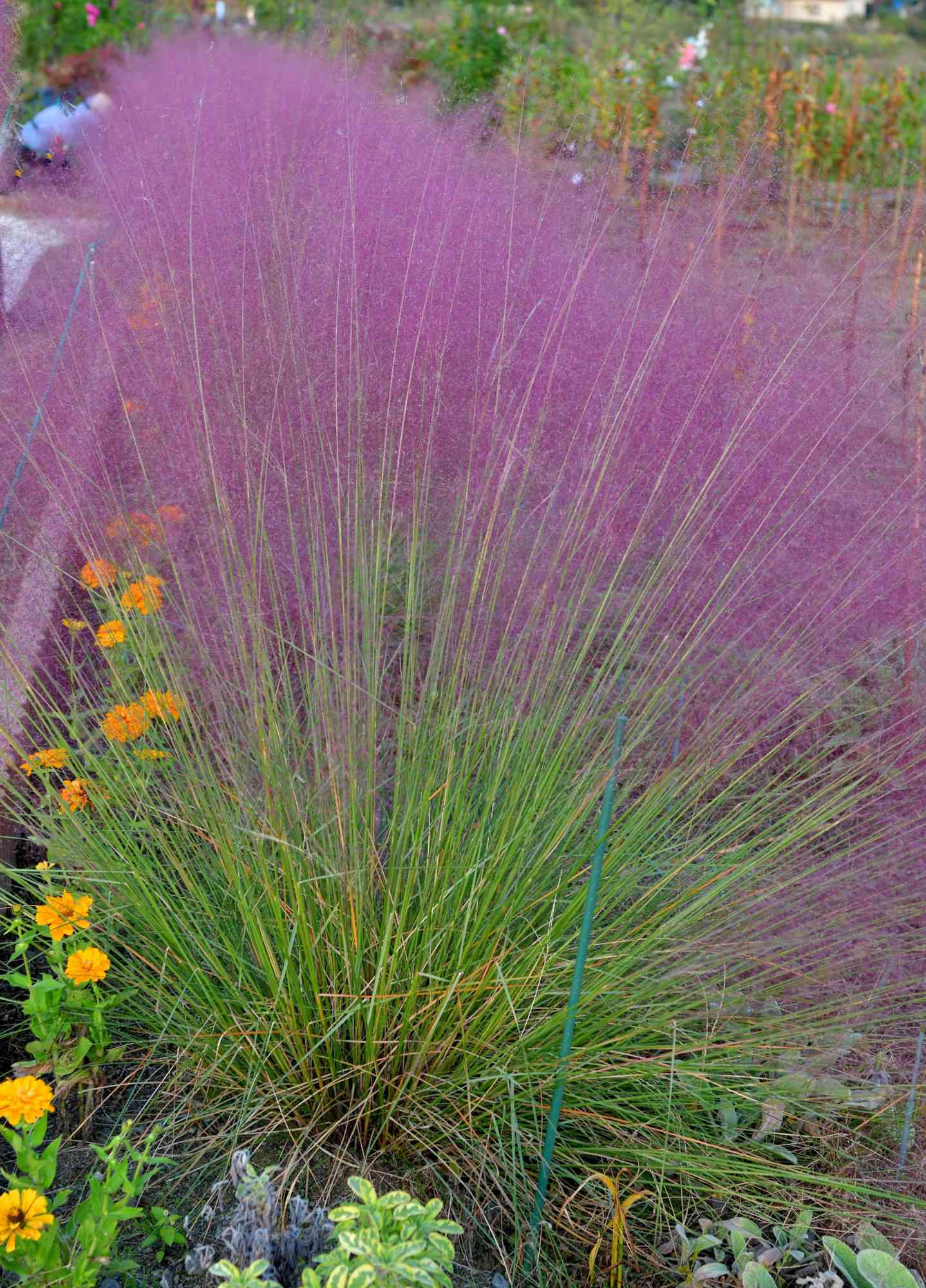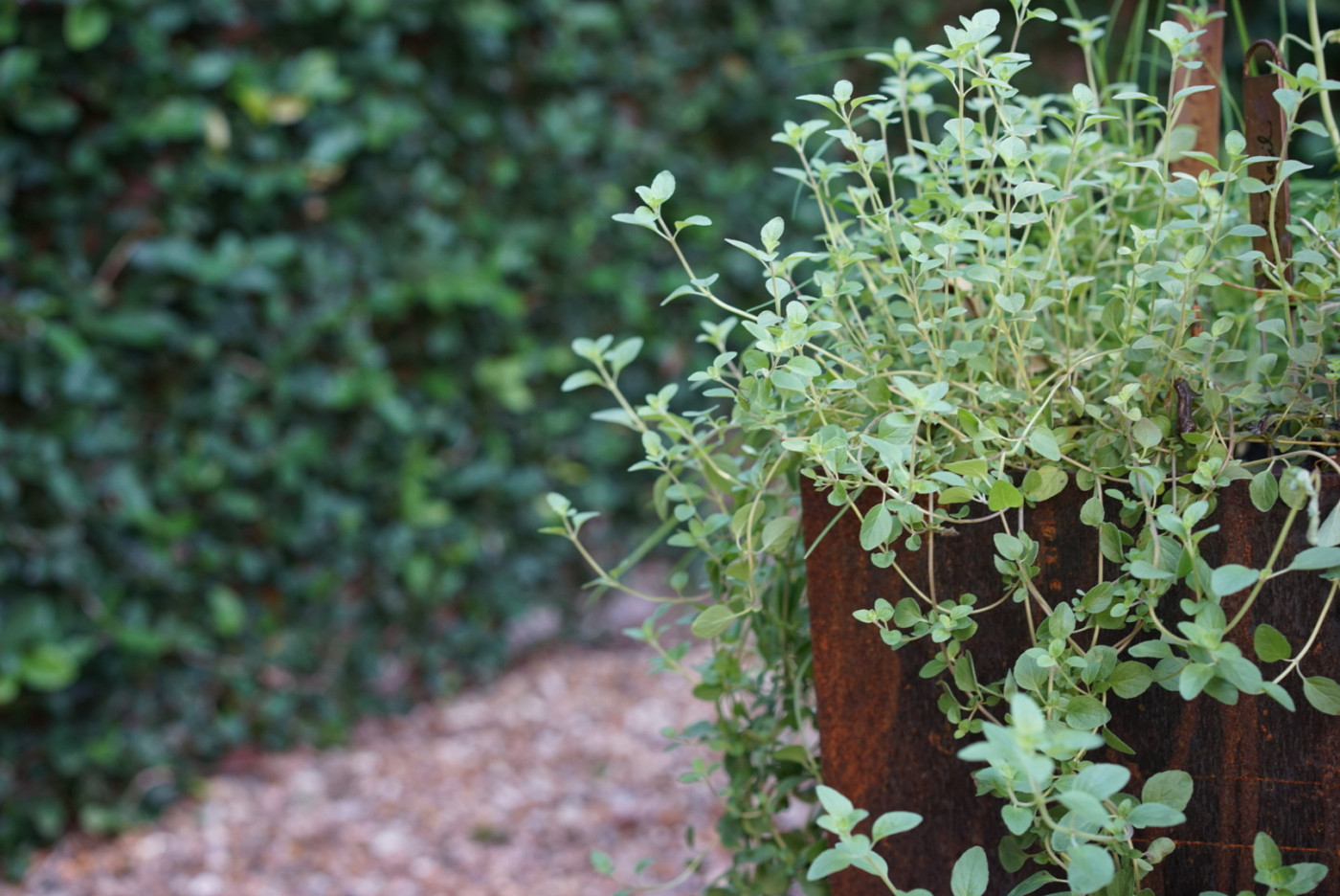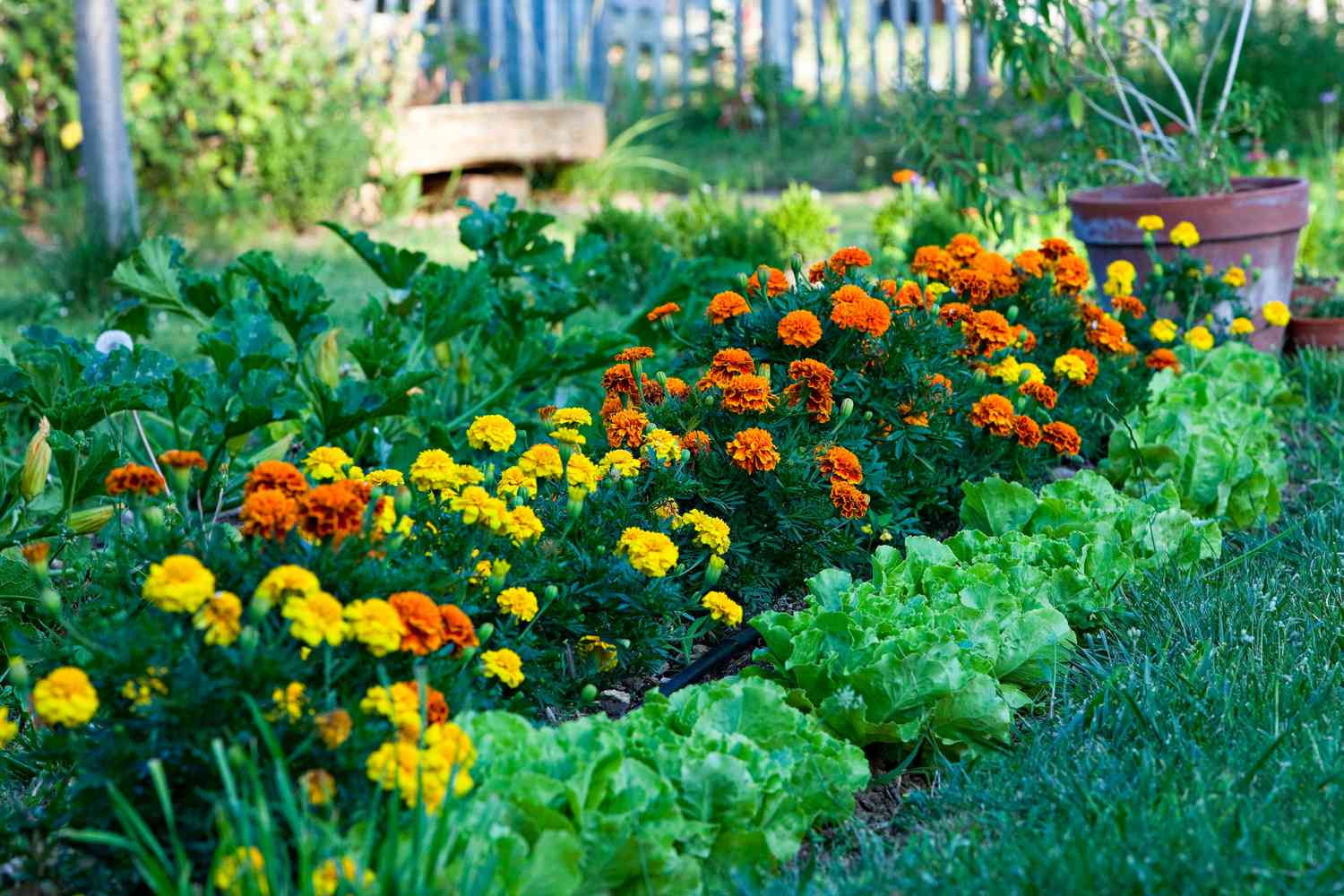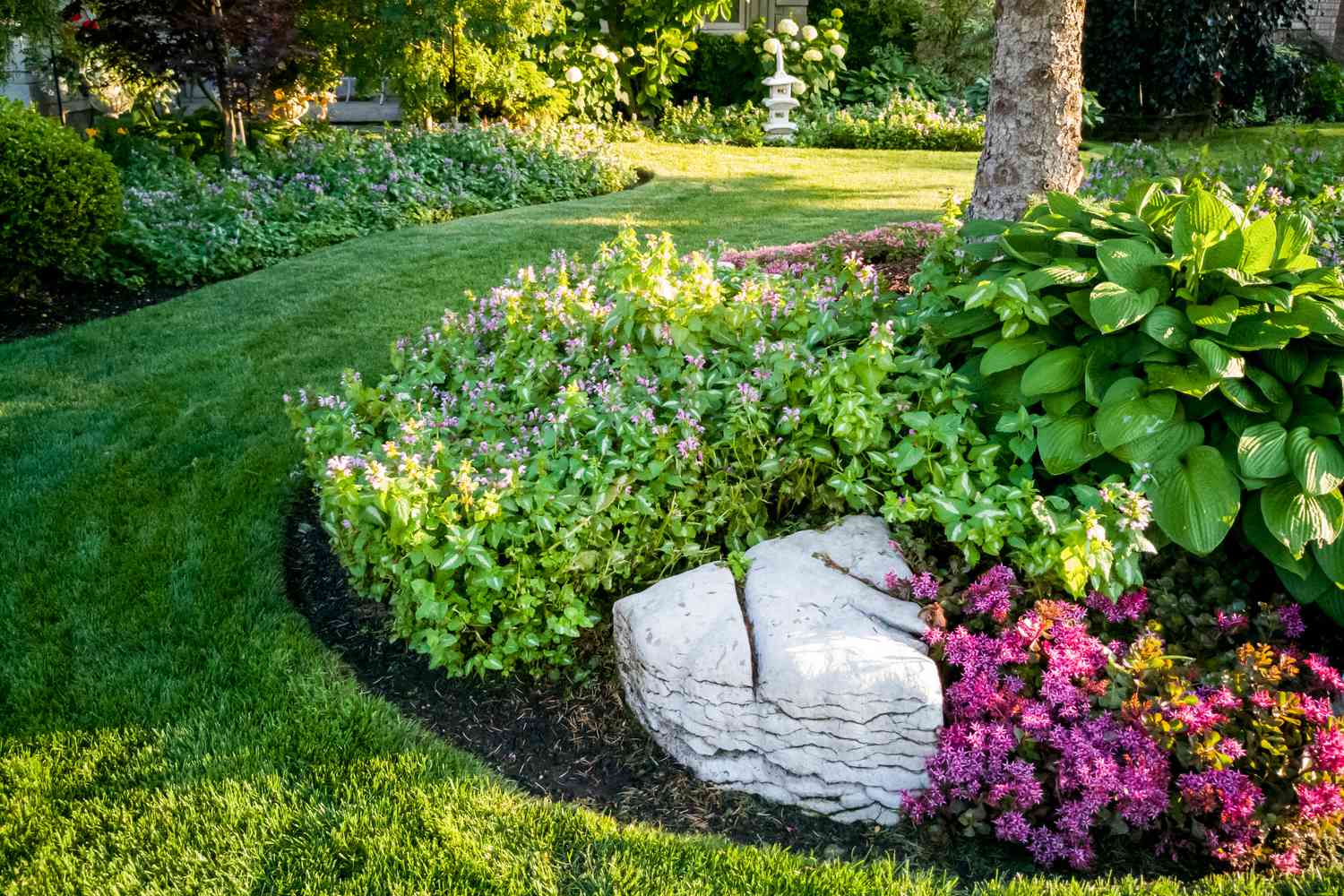
Frugal Gardening Tips to Save You Money on Water and Pest Management
As a seasoned gardener, I’ve learned a thing or two about how to save money on water and pest management. And today, I’m excited to share my top frugal gardening tips with you.
Choose the Right Crops for Your Climate
When it comes to choosing the crops to plant, it’s essential to consider the local climate. Planting crops that are well-adapted to your local climate can save you money on water and reduce the risk of pests and diseases. For example, if you live in a hot and dry climate, choose drought-tolerant plants that require minimal watering.
 Caption: Drought-tolerant plants are perfect for hot and dry climates.
Caption: Drought-tolerant plants are perfect for hot and dry climates.
Position Your Plants Wisely
Plant positioning is another crucial consideration when planning a garden. By positioning your plants wisely, you can reduce the risk of pests and diseases, and minimize the need for pesticides and chemicals. For example, I locate my drought-tolerant herbs and perennials far from the water source, reducing the risk of overwatering.
 Caption: Positioning your plants wisely can reduce the risk of pests and diseases.
Caption: Positioning your plants wisely can reduce the risk of pests and diseases.
Leverage Natural Light
Being smart with resources and what a plant needs also applies to sunlight. By leveraging natural light, you can reduce the need for artificial lighting and save money on your energy bill. For example, if a plant doesn’t need full sun, consider placing it in a spot that receives partial shade.
 Caption: Leveraging natural light can reduce the need for artificial lighting.
Caption: Leveraging natural light can reduce the need for artificial lighting.
Companion Planting
Companion planting is another effective way to reduce the risk of pests and diseases. By planting certain plants together, you can create a natural barrier against pests and reduce the need for pesticides and chemicals. For example, I plant dill and borage around my brassicas to keep pests at bay.
 Caption: Companion planting can create a natural barrier against pests.
Caption: Companion planting can create a natural barrier against pests.
Minimize Lawn Area
Finally, minimizing lawn area can also help reduce the risk of pests and diseases. By reducing the amount of grass in your garden, you can reduce the risk of pests and diseases spreading. For example, I try to minimize the amount of borders, which often means connecting planted and mulched areas and reducing the amount of grass.
 Caption: Minimizing lawn area can reduce the risk of pests and diseases.
Caption: Minimizing lawn area can reduce the risk of pests and diseases.
By following these frugal gardening tips, you can save money on water and pest management, and create a thriving and sustainable garden. Happy gardening!





